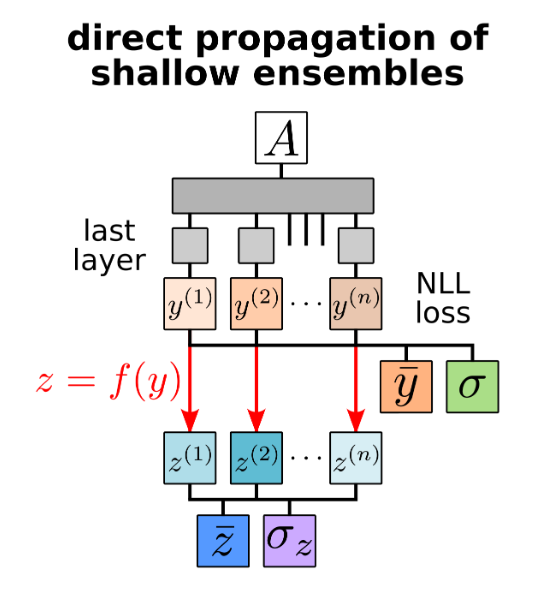Talk #D3.01
23.05.2024, 09:00 – 09:45
Hic sunt dracones - Uncertainty quantification for trustworthy exploration of chemical space
Machine learning has greatly accelerated the search of new chemical compounds, and extended the range of systems that can be studied, promising an accuracy comparable with that of the first-principles reference they are fitted against. Given the interpolative nature of machine-learning models, it is crucial to be able to determine how reliable are the predictions of simulations that rely on them, as well as to understand the physical underpinnings - if any - for the successes and failures of different frameworks.
I will discuss a few examples of how understanding the mathematical structure of ML models help to use them to interpret the outcome of atomistic simulations, in terms of familiar concepts such as locality, range and body order of interactions. Then, I will give a brief overview of the different approaches that are available to obtain a quantitative measure of the uncertainty in a machine-learning prediction, and discuss in particular an inexpensive and reliable scheme based on an ensemble of models. [1-3] Crucially, these "calibrated committee models" estimate not only the accuracy of individual predictions, but also of the final properties resulting from complicated workflows based on molecular dynamics and statistical sampling techniques.

Figure 1. Schematic representation of error estimation with uncertainty propagation using a shallow-ensemble model
- G. Imbalzano, Y. Zhuang, V. Kapil, K. Rossi, E. A. Engel, F. Grasselli, and M. Ceriotti, J. Chem. Phys. 2021, 154(7), 30786.
- M. Kellner, M. Ceriotti, arXiv 2024, 2402.16621.
- F. Bigi, S. Chong, F. Grasselli, M. Ceriotti, arXiv 2024, 2403.02251.

Prof. Michele Ceriotti
- Laboratory of Computational Science and Modeling (COSMO), Institute of Materials, EPFL